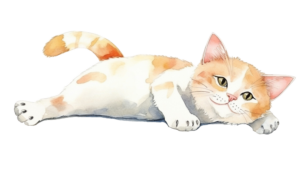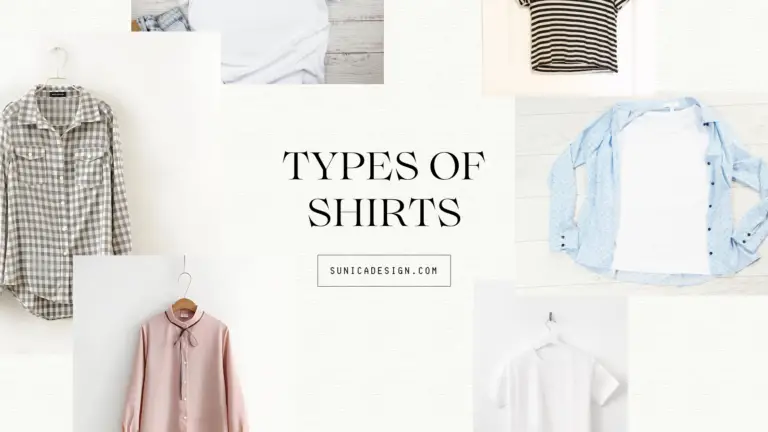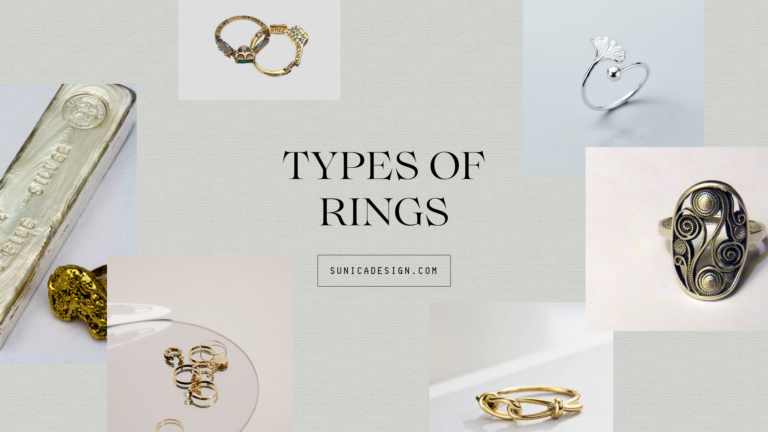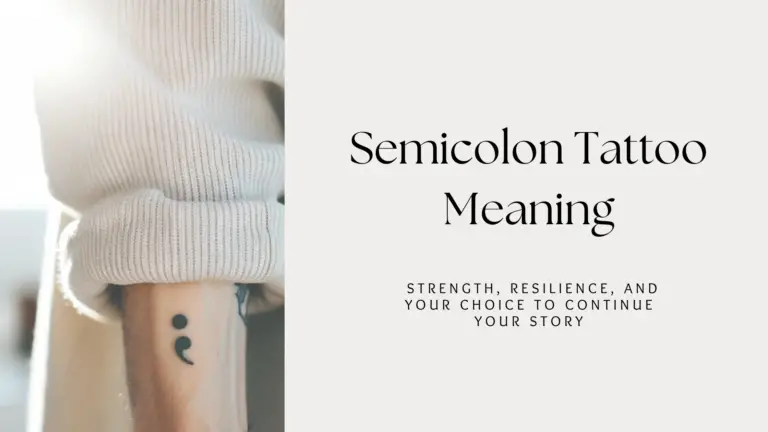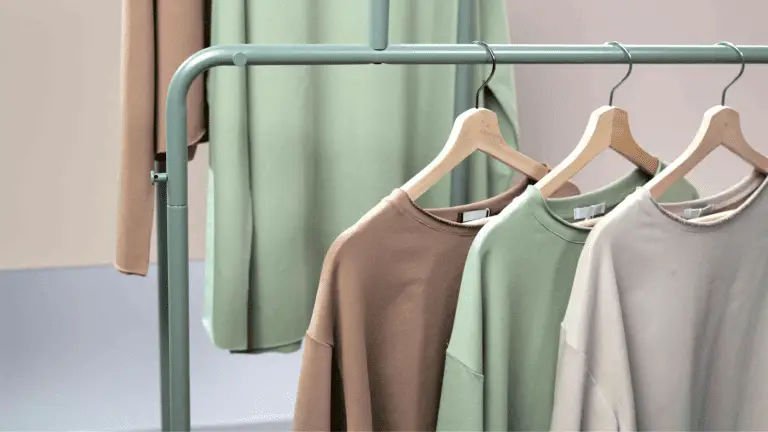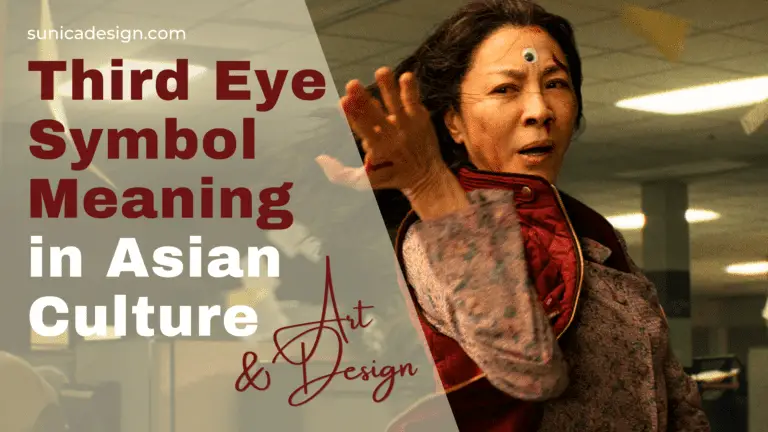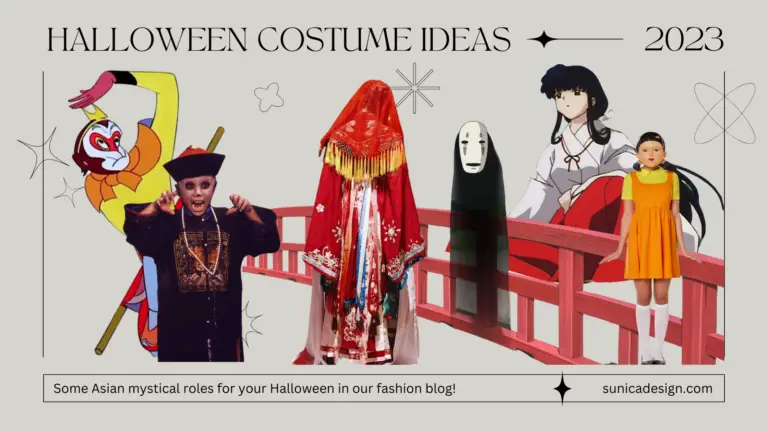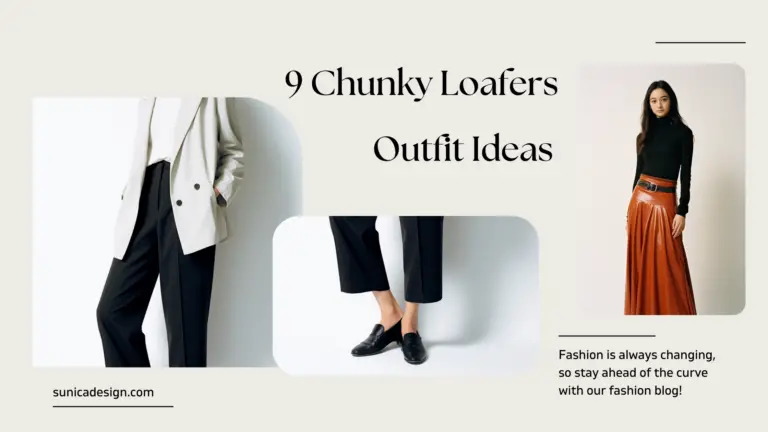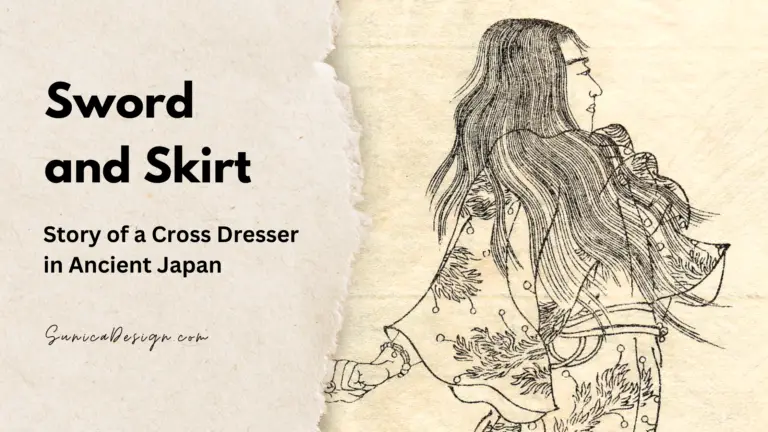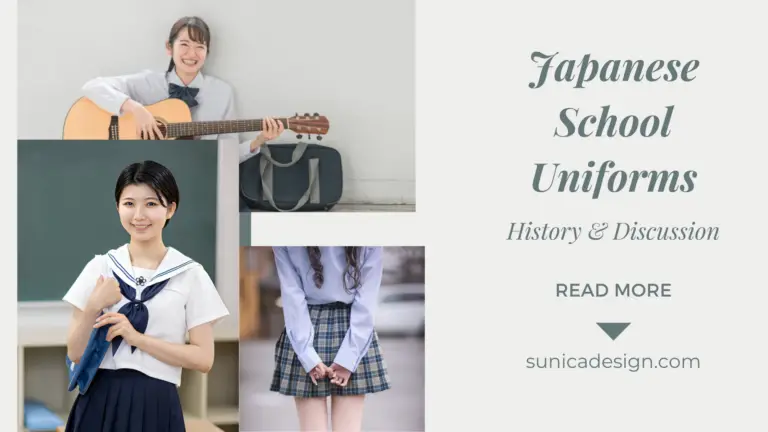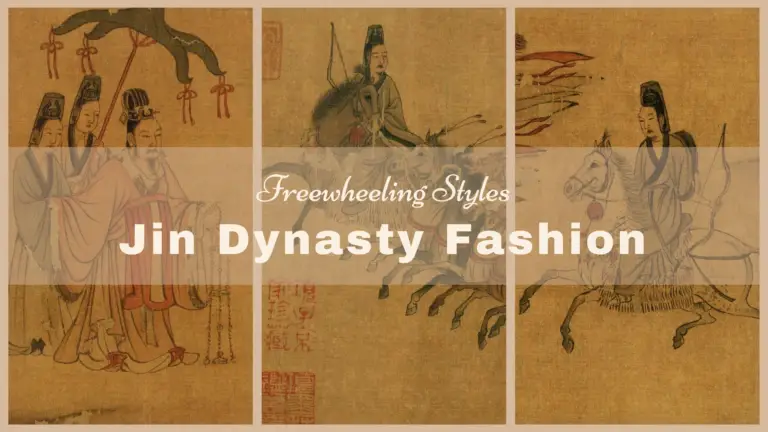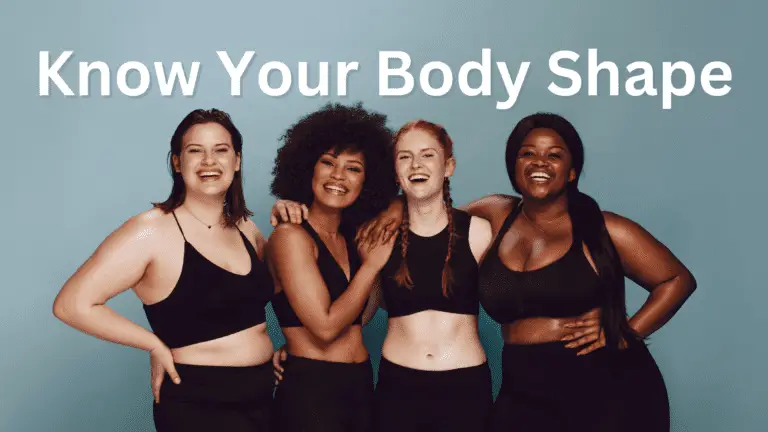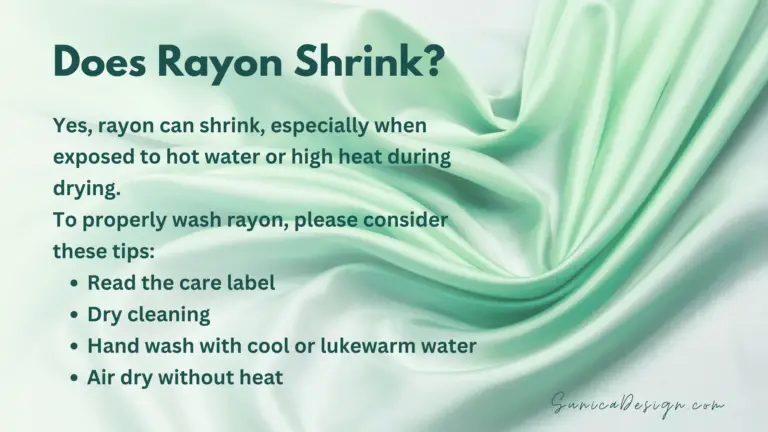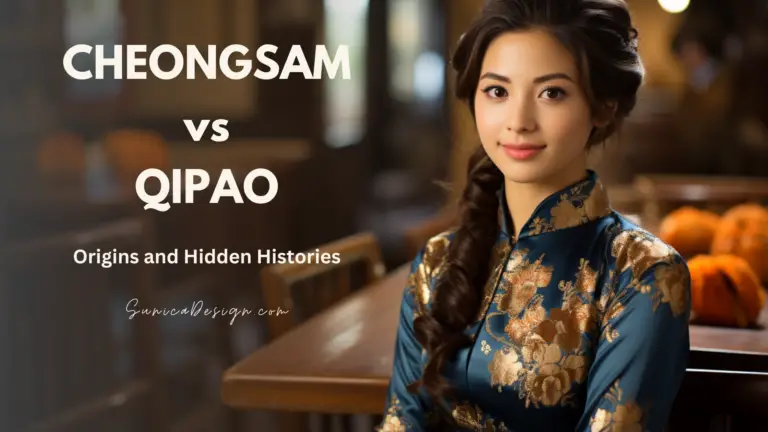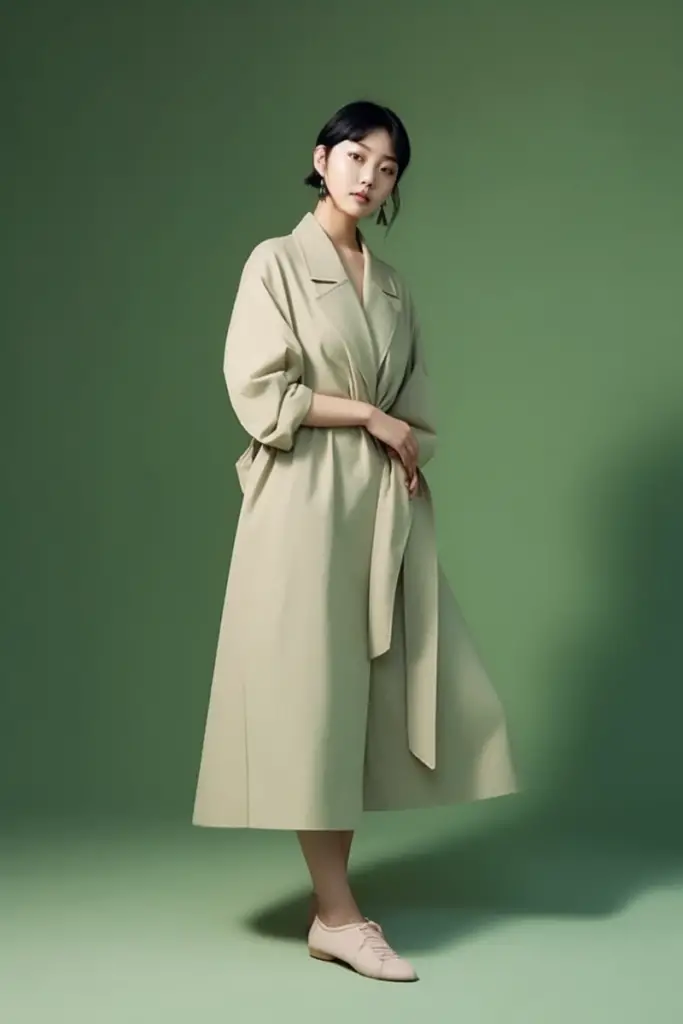With the rise of the Art Nouveau movement and the architectural-centered “secessionist” movement, Victorian fashion underwent a transformation after the Romanticism, New Rococo, and Bustle periods. (We have introduced them in “Victorian Era Fashion: Ladies’ Beautiful Clothing of Romanticism” and “Victorian Fashion for Women: New Rococo and Bustle Periods”) Gone were the crinolines and bustles, and in came the “S” shape body as the epitome of female beauty. Victorian fashion evolved towards more modern designs, giving birth to the hobble skirt.
Come with us on a journey through time and explore the final evolutions of Victorian fashion!
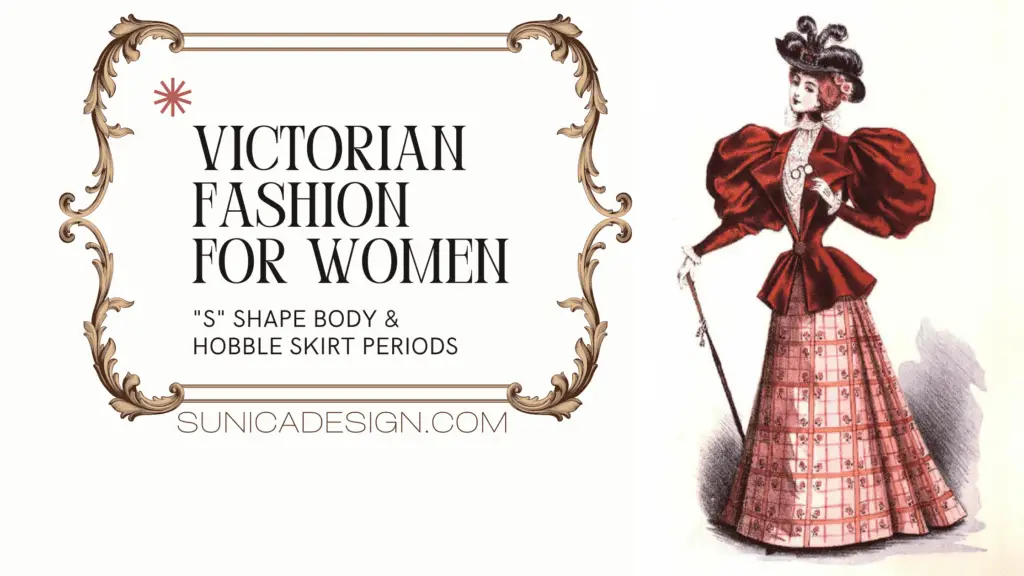
“S” Shape Body Period (1870 – 1890)

The “S” shape body defined the Victorian fashion scene from 1870 to 1890. The term “S” shape refers to the silhouette of the female body from a side view, in contrast to the previously popular hourglass figure.
Gore Skirt
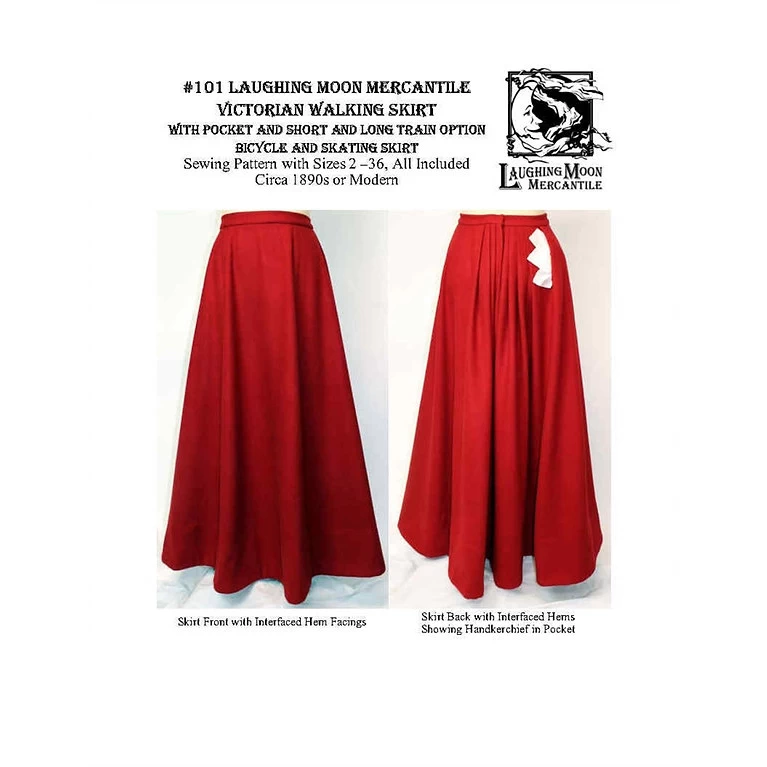
The influence of Paris dominated the Victorian fashion scene, with the “Gore Skirt” becoming popular among women. This innovative design featured triangular pieces of fabric inserted into the skirt, creating a “fishtail” effect at the back.
There are stories of ladies wearing several layers of petticoats and stuffing their skirts with horsehair to create the desired volume. If you thought that was bad enough, just imagine trying to fit into a carriage while wearing a Victorian Gore Skirt – it was like trying to stuff a giant octopus into a tiny jar!
Despite its impracticalities, the Gore Skirt remained popular throughout the “S” period and beyond. Even today, we can see its influence in modern fashion, with designers still using flared and fishtail designs in their collections.
Gigot Sleeves
Gigot sleeves got their name from the French term “gigot,” which translates to “leg of lamb.” They were inspired by the shape of a roasted leg of lamb, which was a popular dish in the courts of Europe during the 19th century. It’s said that a fashionable French designer, who happened to be a foodie, was dining on a leg of lamb when inspiration struck. The designer, whose name has unfortunately been lost to history, therefore decided to create a sleeve that mimicked a lamb’s leg shape.

Source: Thomas J. Watson Library, Metropolitan Museum of Art
These sleeves were all the rage in the Victorian era, and it’s not hard to see why. Their puffy shape gave the impression of a delicate and feminine silhouette.
On another side, this design was not only elegant but also hilarious. There are many reports of women getting their gigot sleeves caught by doors at that time period. And there were some women taking the trend to the extreme. Their sleeves were so big that they looked ready to fly!
Despite these mishaps, the gigot sleeve remained a Victorian fashion statement for many years. It is a reminder of a time when fashion trends could be both beautiful and downright ridiculous.
Corset
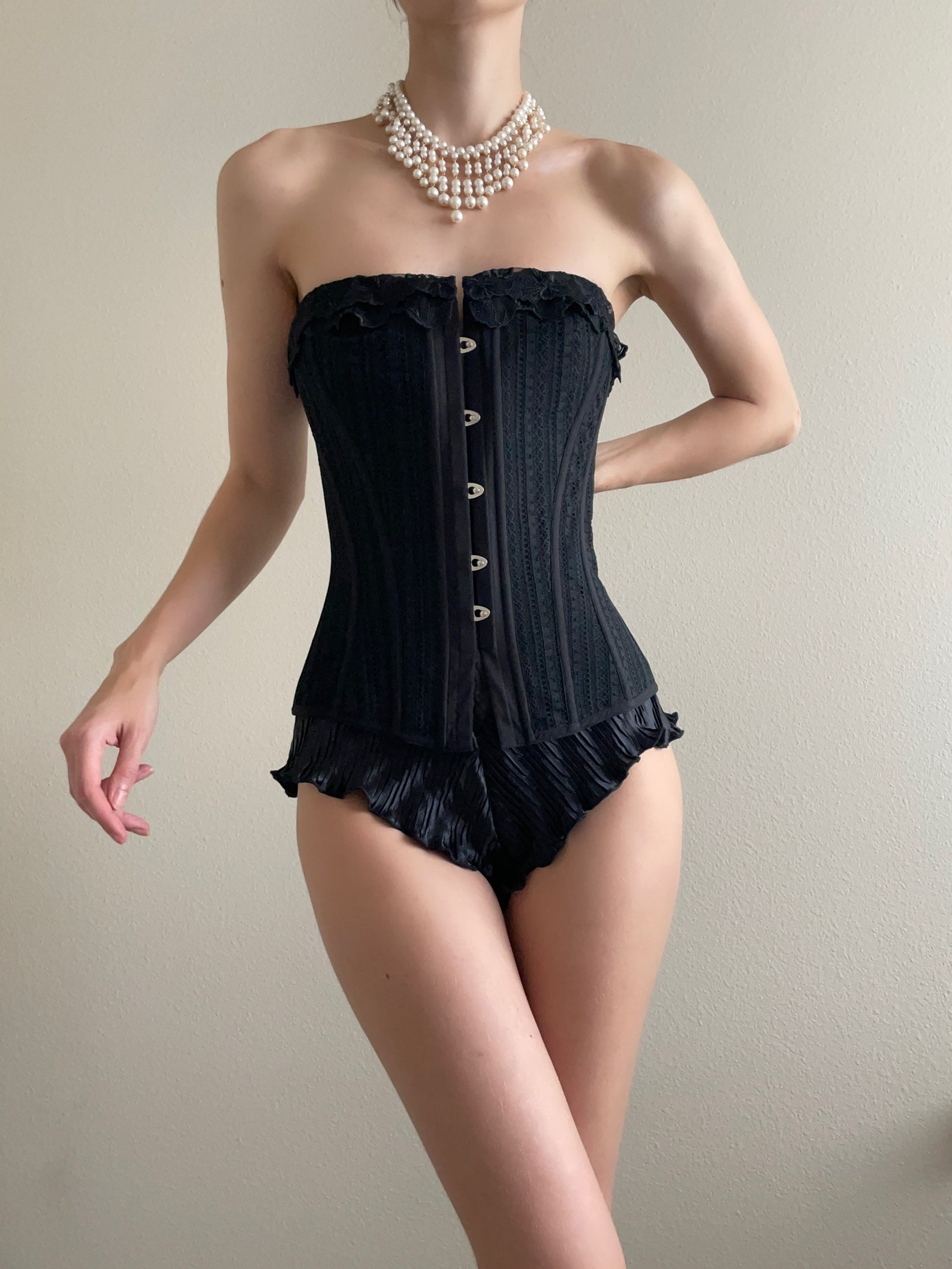
Women endured a lot of pain in Victorian fashion. Corsets were often so tight that they caused fainting spells, broken ribs, and even deformities. But as fashion began to evolve, so did the corset.
During the “S” body shape period, women began embracing more natural beauty. No longer were they interested in looking like they had just stepped out of a pin-up calendar. The corset had a more moderate level of tightness, combining vertical strips of elastic fabric. Women could finally breathe and move around without feeling like they were about to pass out.
Hobble Skirt Period (1910 – 1914)
This period is not strictly one of the Victorian eras. However, we cannot ignore it because this is a classic period when Victorian fashion absorbed exotic styles and merged its own beauty. One of the most popular exotic styles was Arab attire. The intricate embroidery, flowing fabrics, and striking headwear were enough to make any Victorian woman go gaga. I mean, who wouldn’t want to dress like a desert queen while sipping afternoon tea, right?
That’s when the Hobble skirt was born. It had narrow and restrictive designs, just like Arab women’s clothing.



Characteristics of the Hobble Skirt
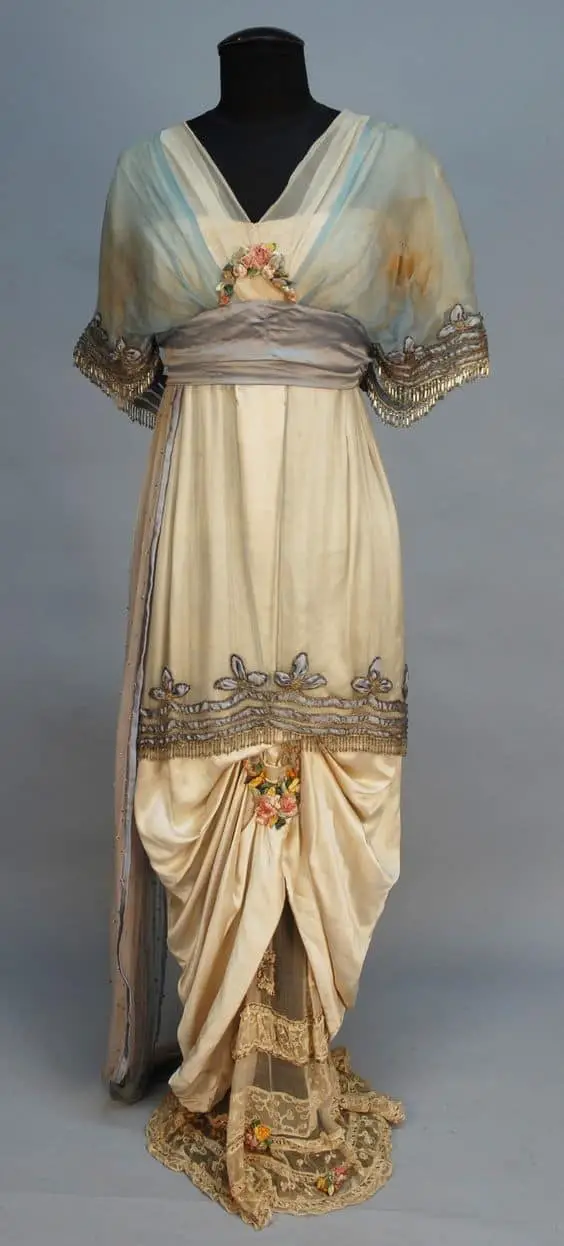
- Abandonment of the tight corset: With the rise of the women’s movement, female body shapes evolved towards a healthier, more natural look, laying the foundation for the modern female fashion of the 20th century.
- Dynamic slits: To make walking easier, designers added slits to the Hobble skirt hemline. That was the first time in European history that there were slits on the bottom of women’s skirts.
- Soft, draped fabrics: With the rise of industrial production and frequent import and export trade, fabrics became more abundant. There were various high-end fabrics meeting people’s needs according to the changing seasons.
- Emphasis on the “head” and “feet”: People paid attention to women’s calves and feet, which symbolized sexiness during that time. So, popular Hobble skirts were usually slim-fitting around the ankle.
Final Words
Well, we finally got to the end. From the billowy gowns of Romanticism to the fitted Hobble Skirt, we’ve explored the whole evolution process of Victorian fashion. We’ve laughed at the funny stories and marveled at the intricate details. But most importantly, we’ve discovered the ways in which fashion reflects the social and technological changes at that time.
As we bid farewell to this series, let’s remember that fashion never stopped changing, and the past can inspire us to create new styles for the future. Thank you for joining me on this adventure, and I hope you’ve enjoyed learning about the magical world of Victorian Fashion as much as I have.
If you want to learn more about the inheritor of Victorian fashion, the American Gilded Age fashion, here is the dish. Feel free to leave a comment if you have any questions or ideas about fashion ~ We are always here to exchange brilliant thoughts!


